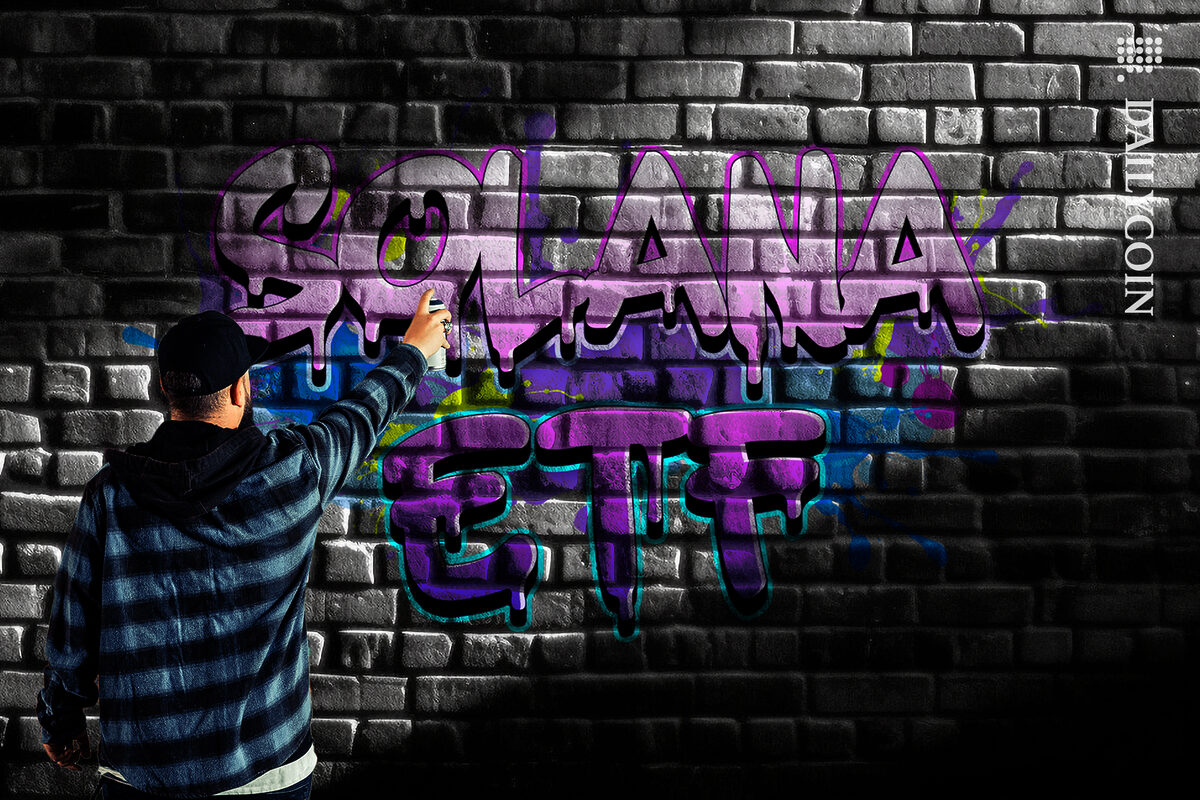Why Web3 Is On Track To On-board The Next Billion Users
Web3 has been a buzzword within tech circles over the past three years. This latest iteration of the internet became popular following the debut of decentralized finance (DeFi) and non-fungible tokens (NFTs) in 2021, along with more nascent digital asset niches such as real-world asset (RWA) tokenization.
But despite being a ‘futuristic’ topic, it is no secret that Web3 decentralized applications (DApps) have been struggling with adoption. For context, there are over 5 billion internet users today, a majority of whom frequent Web2 social media platforms like Facebook and Twitter. Web3, on the other hand, enjoys only 10 million daily unique DApp users, according to the latest report by DApp Radar.
When will the state of Web3 adoption change to a more optimistic outlook?
On the surface, it may seem like not much growth is happening, but a closer look at the fundamentals reveals that Web3 may be on track to onboard a billion users in the near future.
There have been notable developments in several areas that were previously hurdles to mass adoption, including technical, regulatory, and innovation advancements.
Layer 2’s Scaling DApp Ecosystems
When DeFi made headlines in 2021, one of the biggest challenges was the high gas fees on Ethereum, which at the time was the most active DeFi chain. The average transaction fee went as high as $69, making it economically unviable for small-time traders to participate in the then burgeoning DeFi market.
L2 chains such as Optimism and Arbitrum have, however, changed the DeFi landscape. Built on the Ethereum blockchain, L2s are designed to solve the scalability challenge, automatically reducing the processing time of transactions, and, more importantly, the cost of sending or swapping DeFi native tokens. Most of the L2s that currently exist charge as little as $0.02 per transaction, making it feasible for more participants to join the DeFi bandwagon.
The effect of cheaper DeFi transactions is evident in the growth of the L2 ecosystem, which currently enjoys a total value locked (TVL) of $43.5 billion, up from a mere $5 billion at the beginning of 2023.
Interoperable DApp Networks
Interoperability was another challenge that riddled Web3 innovations in the early days. DApp networks such as Ethereum, Solana, and Avalanche operated in isolation; users could not seamlessly transfer their digital assets from one blockchain to another.
Well, that’s no longer the case, thanks to cross-chain communication layers such as the Zeus Network. This chain-agnostic network is among the few projects that are leveraging Solana’s virtual machine (SVM) to support DApps that enable DeFi interoperability. Zeus Network’s pioneer DApp, APOLLO, is a classic example of the advancement in interoperability within the larger Web3 space.
Imagine being able to transfer your idle BTC to an active DeFi ecosystem like Solana? This type of innovation is exactly what was needed to unlock the idle assets in crypto. Of course, there is much to be done before the whole DeFi market can achieve seamless interoperability, but what’s worth noting is that DeFi liquidity is no longer confined to a single environment as was the case during the DeFi summer of 2020.
U.S. Bitcoin ETF Approval
The approval of 11 Bitcoin Spot ETFs earlier this year is perhaps the biggest game-changer in Web3 adoption from a regulatory perspective. Today, BTC is no longer limited to futuristic tech nerds or speculators, players in the traditional investment realm have in fact contributed to a significant share of the inflows this year.
According to the most recent stats, U.S. Spot Bitcoin ETFs have attracted north of $16 billion since they were launched. More importantly, the institutions that are allocating these funds are acting on behalf of a wider pool of investors. Gone are the days when the digital asset market was preserved for retail!
It is also interesting to observe that the U.S. is not the only leading market to approve Bitcoin Spot ETFs; Hong Kong has done it as well. These economies have often been trend setters in their respective regions, which is why it won’t be a surprise to see more authorities forging a similar path in the coming years.
On-chain Markets Linked to Tradfi Assets (RWA)
For a long time, cryptocurrencies have had no backing at all or as some critics would argue ‘made out of thin air’. This argument may no longer hold water following the advent of new digital asset niche dubbed real-world assets (RWAs).
Simply put, RWAs are blockchain-compatible digital tokens that are designed to represent real-world assets in the on-chain economy. These tokens are useful on several fronts, including the fractionalization of illiquid traditional assets such as real estate, art, and other types of financial investments as well as precious metals like gold.
What’s particularly intriguing about RWAs is the interest from established financial institutions; Goldman Sachs, for instance, is set to launch 3 tokenization products later this year. Blackrock’s tokenized U.S. Treasuries’ fund has grown to a market cap of over $519 million. Other established players in consulting, banking, and fund management are also predicting that the RWA market could be worth tens of billions within the next decade.
Conclusion
Similar to Web2 in the early 90s, most people are still skeptical of Web3’s potential. However, looking at the developments, it is a no-brainer that some, if not most, of Web3 innovations are going to set the stage for tomorrow’s digital economy. Stablecoins are already leading the way, accounting for quite a share of remittances in emerging countries.
More importantly, the narrative is also changing from a speculative market to an ecosystem that could be the foundation of transparency, decentralization, and permissionless participation in global markets and the Web.





